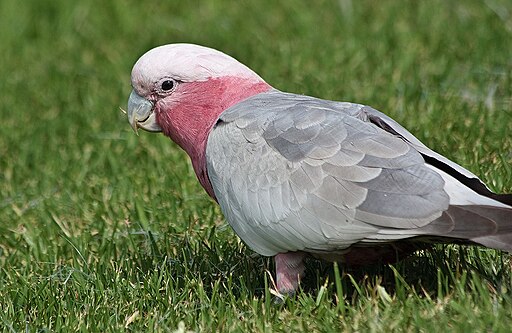Any impacts within Royal Park will be mostly short-term during construction.... the park will be restored and even improved once the project is completed. ....We are working with the community during planning to understand and minimise impacts in this area.
from the Linking Melbourne Authority Fact sheet: Royal Park
Today we drove to the western end of Royal Park to visit the site where the East West Link road will come out of the Tunnel and cross Royal Park.
The sun came out and the only trouble we had was finding a park because all the construction workers had parked in the car park. A big thanks to all the drivers including Hang, Huong, Jason and Martin (Anna's father-in-law). None of us got lost, thank goodness.
We did a short walk into the
Trin Warren Tam-boore wetlands (no, I don't expect you to remember that name!). There we saw a number of
coots - two were even fighting!
 |
| Australian coot |
|
We then went over to the Ross Straw sportsfield and looked across to the train line. Somewhere along the train line, the road is expected to come out of the Tunnel and trace a path
over the sports ground and wetlands to Citylink. A dozen
galahs were feeding in the grass.

After that, we crossed the road to have a look at the
billabong wetlands which hold the stormwater (for watering the park in Summer). While we ate a snack, we watched a large
swamphen and a black duck at the water's edge.

On the way back to CNLC, we turned off Elliott Avenue and drove up to the top of the highest point in Royal Park at the Netball Centre, just to have a look at the view over the zoo.
-->
Weren't we lucky with the beautiful weather?
Note: you can find our photos at
ESLThree Kidblog.
A walk in the Park - video of Royal Park near City link
Here are some photos that I took the other day when I visited the western end of Royal Park where the East West Tunnel will connect to CityLink.









.jpg)
.jpg)
.jpg)
.jpg)
.jpg)
.jpg)

















